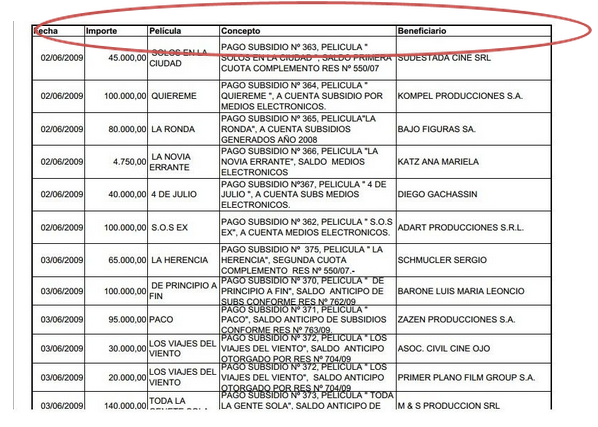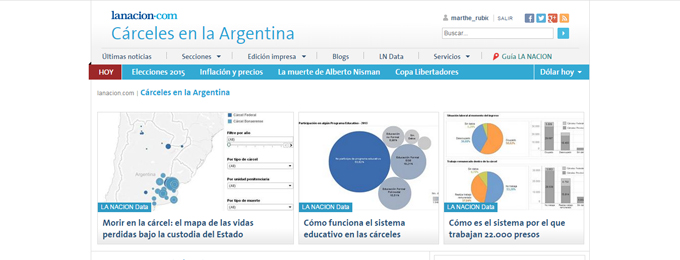INDEC the Machine of Lies, is the first project in which we use the scrollytelling multiplatform format to express with all the richness of multimedia, video and data journalism, a subject that impacts every day in Argentina, a silent growing problem that are the lies in national statistics since 2007. With this case and it´s testimonies, we want to cover not only the suffering of skilled respected professionals, but what is more important, the the hiding of poverty, unemployment and inflation.
In 2007 the national statistics and census institute in Argentina (INDEC) was intervened by government. Many or the statistitians who historically produced the CPI index or the national home surveys were forced to change the CPI index in order to hide the real inflation rates, or were dismissed. Seguir leyendo










